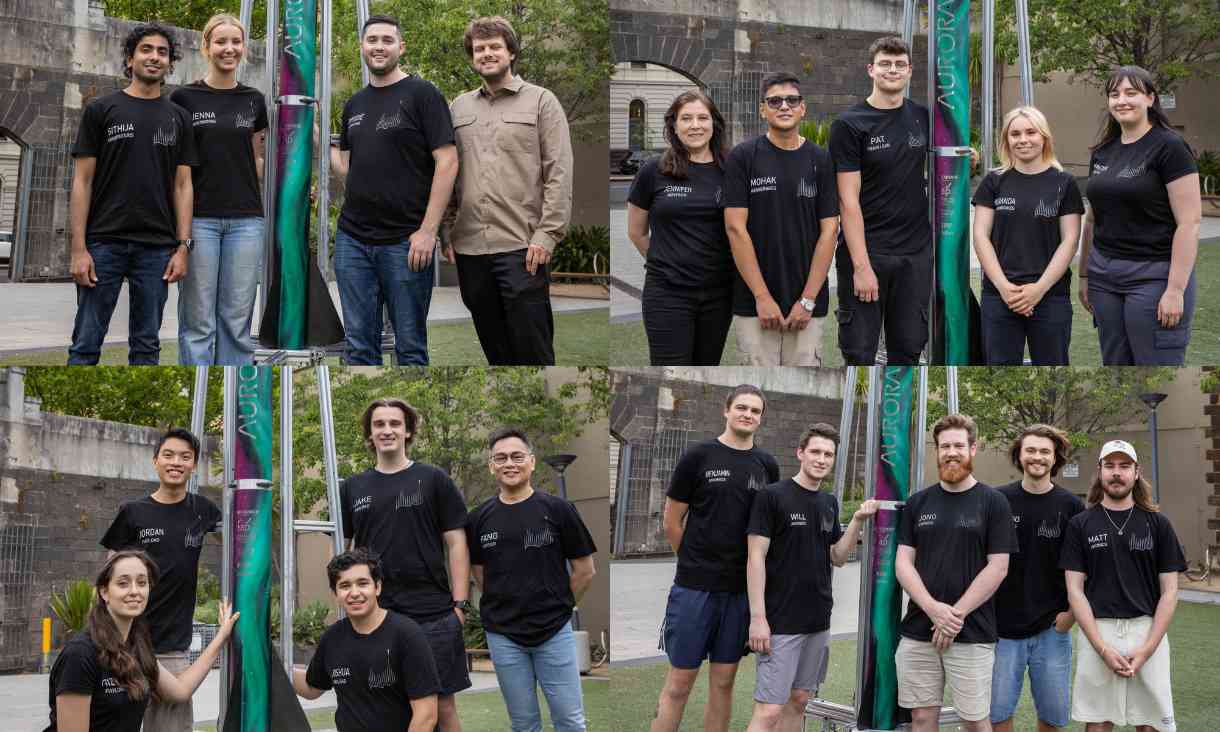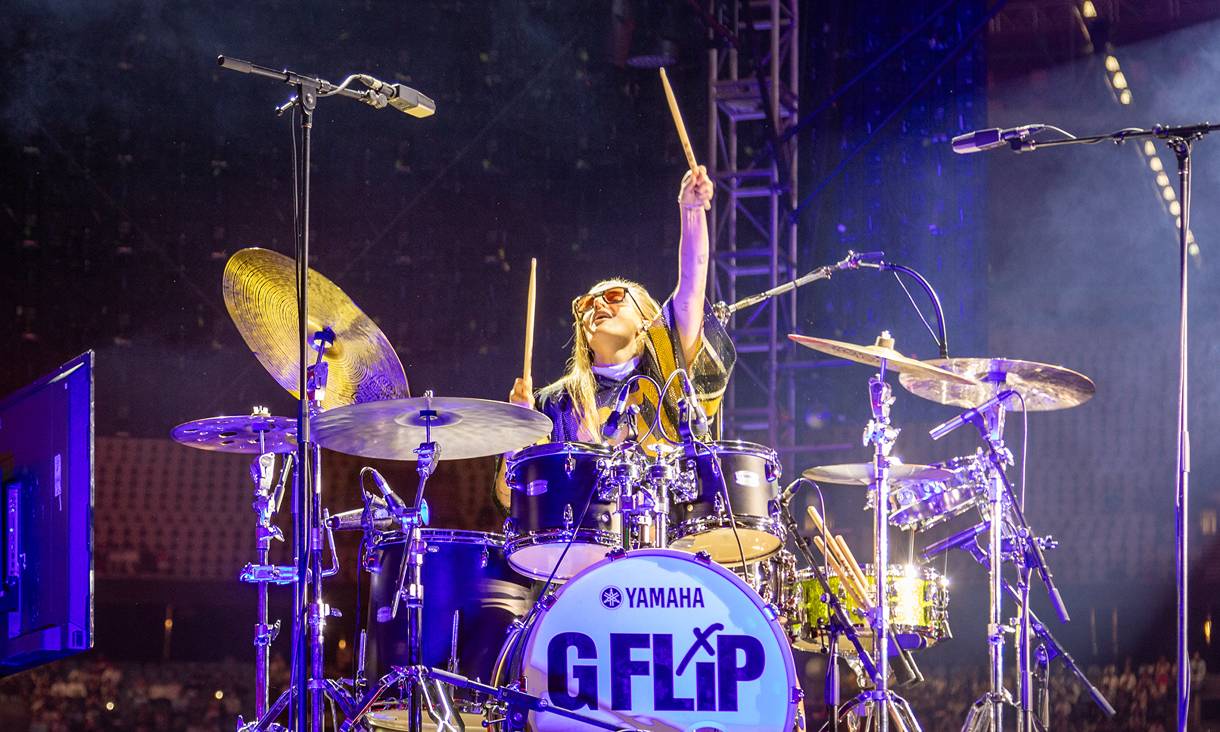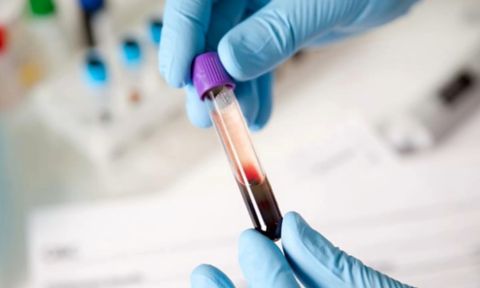Engineering student Elisha Tilan said the project investigated developing an intelligent system to transform and optimise how the Dalrymple Bay Coal terminal was maintained to reduce the risk of it failing.
“In our project, we have incorporated three different types of wireless sensors to detect potential deteriorative hazards for the asset,” she said.
“Our project aims to encourage the shift towards digital-driven asset management.”
Tilan said that completing the capstone project remotely because of COVID restrictions posed challenges along the way.
“However, we’ve been lucky and found ways of collaborating without all getting together,” she said.
Tilan has high hopes once she graduates at the end of this year.
“After graduating, I will be taking up a role as a Rail Systems Engineer at Aurecon,” she said.
“My ultimate career goal is to become a leader in this field and work on high-profile projects that connect and improve people’s lives all around the world.
“I also want to be involved in empowering our next generation, particularly young women, to pursue an exciting career in engineering.”
Using the future of flying right now
The Advancing GoFly project developed electric vertical take-off and landing technology for a ‘Hovera’ craft that has been developed by three RMIT student teams in the past few years.
Team member Joshua Watson said the work of the previous teams and building on other innovative designs was essential to the success of their current project.
“Our specific design draws from the legacy of historical ground-breaking work such as the Hiller Pawnee Flying platform with the addition of external electric ducted fans in a configuration like that of a quadcopter to provide control,” he said.
The current design uses a composite duct and is equipped with two 30kW electric motors to provide lift and eight 5kW electric ducted fans for control.
The craft is controlled centrally via a flight controller and powered by high capacity lithium batteries.
“A major milestone for our team this year included testing the motor systems, which also required a well-engineered method of restraining the craft to do so safely," Watson said.
Given the current project team consisted of students from a diverse set of engineering disciplines, the approach to progressing the craft was multifaceted.
“On the mechanical side, a set of landing gear capable of absorbing the impact of landing is being designed. Electrically a method of remotely shutting the craft down as required for certification has been designed and prototyped,” Watson said.
“In addition to this, a data monitoring system has been designed to allow for all the pertinent flight data to be captured during testing. There has also been considerable work completed to finetune the flight control systems and verify that hardware being used meets the needs of the craft.”
Students making RMIT proud
Executive Dean of the School of Engineering, Distinguished Professor Adrian Mouritz, said he was amazed to see how students have come up with creative engineering solutions to real-world issues while studying remotely during COVID-19 restrictions.
“Working on their projects remotely is a challenge for our students, especially given they could not access our facilities as usual,” he said.
“However, many groups were still able to change the scope of their projects to create real outcomes that can make a positive impact in the world.
“The capstone projects are often in partnership with industry, to design a solution to a real problem within their organisation.
“Engineering is about finding creative solutions to the problems you are facing and the changing circumstances with COVID has forced our students to do that even more,” he said.
“It’s been great to see our students come up with even better solutions because they are forced to think outside the box.”
EnGenius projects can be viewed until the end of November here online.
Story: Finn Devlin





